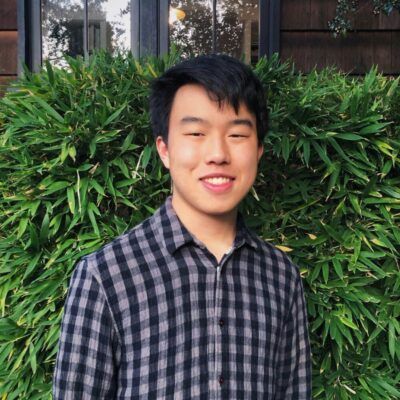Simon Han L&S Sciences
Function and structure of human iPSC-derived liver organoids self-assembled in microgravity
Liver transplantation is currently the only treatment for end-stage liver disease, but engraftment of liver organoids holds promise as a viable approach to resolve the shortage of donor livers. While traditional organoid cultures take place atop two-dimensional (2D) plates, rotating wall vessel bioreactors (RWVs) can be used to culture three-dimensional spheroid organoids, augmenting cell-cell interactions through the low shear stress, low turbulence environment provided by RWVs. The use of human induced pluripotent stem cells (iPSCs) in organoids can further advance clinical translation, because using a transplant recipient’s own iPSCs may eliminate the need for life-long immunosuppression post-transplant. However, the precise functional qualities of RWV-grown, iPSC-derived organoids are not completely understood. Our lab’s preliminary data suggest that two genes, albumin and CYP1A1, are upregulated in RWV-cultured organoids compared to 2D cultures. My project aims to characterize the functionalities of RWV-generated, iPSC-derived organoids by investigating patterns of localization and expression for albumin and CYP1A1 proteins. I hypothesize that RWV-grown organoids will demonstrate higher function than 2D-grown organoids, because enhanced cell-cell interactions in RWVs will promote functional qualities representative of mature hepatocytes. Knowledge gained of these organoid characteristics will be integral towards the development of highly functional liver organoids for human transplant.
Message To Sponsor
I am immensely thankful to the Leadership fund for supporting me in this research project. The opportunity to explore the world of tissue engineering and stem cells during a summer of intensive research is an incredible privilege that will contribute to my future academic and professional aspirations.